Search Results
Lightning lab
Lightning is a familiar natural phenomenon, but what causes it? In this activity, students will do a short electrostatics lab with sticky tape. They will also compare what happens in regular lightning with what happens in a megaflash.
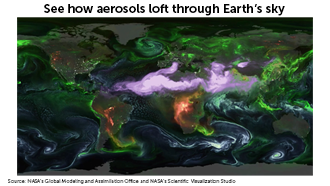
Aerosols in the air: Art in motion?
The atmosphere abounds with aerosols, tiny particles with large sway over global temperature. A new visualization from NASA reveals how these airborne particles swirl through Earth’s sky.
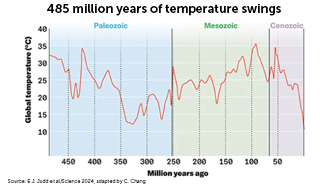
Earth’s history of temperature shifts
Earth’s climate doesn’t have to look like it does now. In fact, it usually hasn’t. Across 4.5 billion years, geologic forces have shaped the planet’s climate from its fiery infancy to the (for now) chilly present. Studying these changes may help us understand what may happen next because of climate change.
Winding Watersheds
Pollution that runs off into streams, rivers and lakes can travel far because watersheds are connected by underground aquifers. Students will identify and describe the characteristics of their local and adjacent watersheds before describing how to monitor watershed pollution.
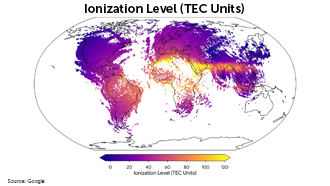
Using smartphone data to probe the ionosphere
A sea of charged particles swirls in the ionosphere, a layer at the edge of Earth’s atmosphere. Shifts in the ionosphere can muddle radio signals key for navigation systems. But pooling data from millions of phones equipped with GPS receivers could help fix errors caused by the meddlesome atmospheric layer.
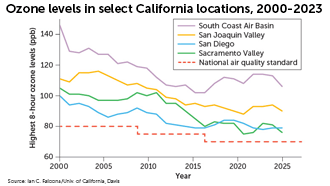
Agriculture may be growing ozone
The air pollutant ozone has been linked to health problems including respiratory illness, reproductive problems and some cancers. Levels of ozone in the United States have come down over time but have started to rise again in places because of wildfires and soil emissions.
All about Analyze This: An article type from Science News Explores
Use this lesson plan to learn about an article type called Analyze This that is published by Science News Explores in print and online. You can also access a lesson plan template that can be used with any Analyze This article. Each Analyze This article includes a graph or data visualization that is paired with questions for students to answer and a short story that provides context.
Literacy Practice: KWL Strategy
Use this lesson plan and the provided template to have your students practice the KWL strategy. This note-taking strategy helps students organize their thoughts and reflect on their knowledge around a particular reading.
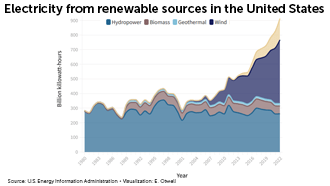
Renewable power is a bright idea
Over the past two decades, electricity from renewable sources, such as wind and solar, has been on the rise. Devices known as grid-forming inverters will likely play a major role in getting renewable energy safely into the power grid.
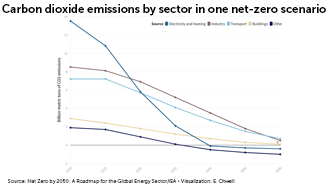
The race to net zero
Drastic cuts to greenhouse emissions are needed to prevent even more catastrophic consequences than the rising sea levels, extreme weather and other impacts our warming world has already faced. Scientists have mapped out potential paths to net-zero, when greenhouse gases emitted are balanced by those removed. This includes decreases in emissions from transportation, industry and other sectors.
The case of the haunted railroad
Strange ghostly blue lights have haunted the little town of Summerville, S.C. for decades. Reports of spectral balls of light floating along a desolate stretch of railroad inspired a ghostly local legend. Learn how legends can inspire real-world science. Then discuss similarities and differences between scientific theory and legend while answering questions about a proposed geologic explanation for this phenomenon.
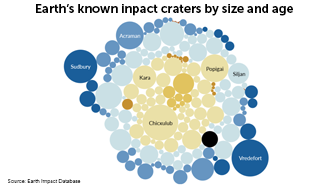
Earth’s impact craters
Space rocks that have smashed into our planet have left impact craters. Many of the craters have been wiped away by erosion, but scientists have cataloged the survivors, including some that are over one billion years old.